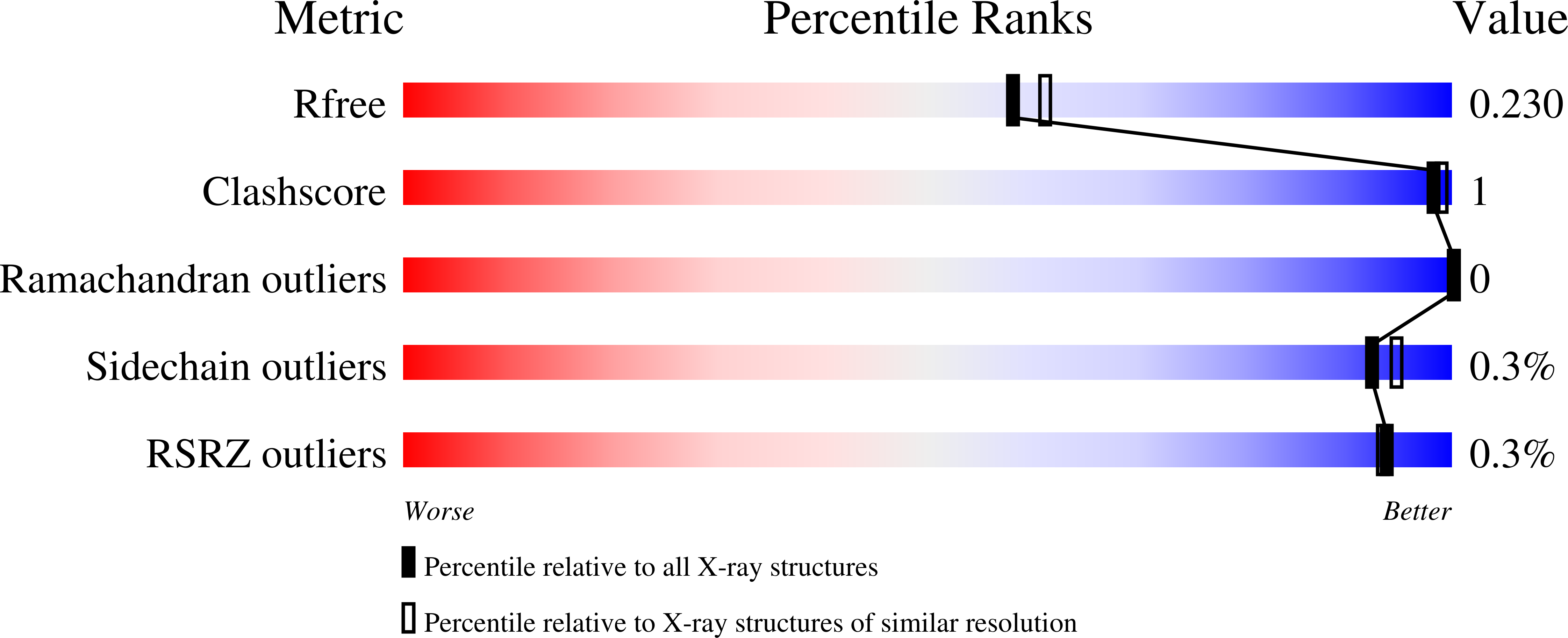
Deposition Date
2020-08-26
Release Date
2021-03-24
Last Version Date
2024-10-23
Entry Detail
PDB ID:
7JWQ
Keywords:
Title:
Fab CJ11 in complex IL-1beta peptide liberated by Caspase cleavage
Biological Source:
Source Organism:
Homo sapiens (Taxon ID: 9606)
Host Organism:
Method Details:
Experimental Method:
Resolution:
2.00 Å
R-Value Free:
0.23
R-Value Work:
0.20
R-Value Observed:
0.20
Space Group:
P 1 21 1


